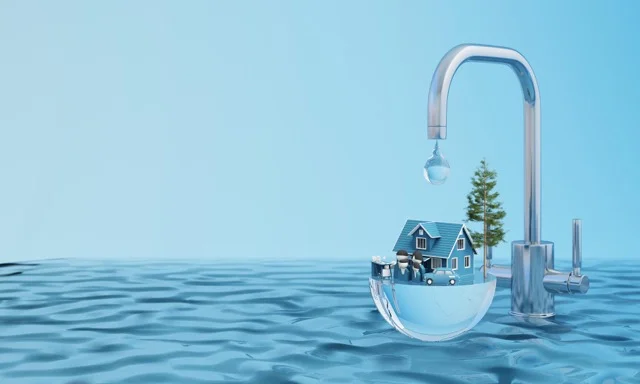Reclaim Waste for Beginners
Reclaim Waste for Beginners
Blog Article
Rumored Buzz on Reclaim Waste
Table of ContentsUnknown Facts About Reclaim WasteReclaim Waste for BeginnersReclaim Waste Fundamentals ExplainedThe Of Reclaim WasteReclaim Waste Can Be Fun For Everyone
Residential sewage waste refers to the waste and items from a property septic tank. The appropriate administration and disposal of residential sewage waste require liquid waste to be transferred to a sewage treatment plant where the appropriate approaches and tools are applied to purify and dispose of waste.
Commercial waste frequently consists of potential dangers, such as flammable materials or a combination of liquid and strong waste products, and requires an advanced and detailed disposal procedure. The disposal of business waste generally includes the filtration of waste before transport to make certain safe and proper disposal. Industrial waste is created from results and overflow of commercial processes and production.
This type of waste can not use the same sewage management transport or procedures as septic or commercial fluids. The commercial waste administration procedure requires the assessment and testing of fluid waste before it goes through the disposal procedure (liquid waste removal melbourne). Runoff waste is the liquid waste that comes from drainage and excess stormwater in highly populated locations or cities
Runoff waste can create contamination and flooding if not dealt with correctly. Learn more about sewer cleansing and waste monitoring. Ensuring appropriate waste monitoring can prevent catastrophes and lower ecological injury. Both individuals in domestic setups and specialists in commercial or production markets can benefit from recognizing the processes and regulations of liquid waste administration.
The Main Principles Of Reclaim Waste
Contact PROS Solutions today to find out about our waste management and disposal solutions and the proper ways to care for the fluid waste you generate.
(https://slides.com/reclaimwaste1)Do you recognize what takes place to your water when you draw the plug, flush the commode or drain pipes the washing equipment? No? Well, it's worth knowing. This supposed 'wastewater' is not only an important source but, after therapy, will be launched to our land, waterways or the ocean. Made use of water from toilets, showers, baths, kitchen area sinks, washings and commercial processes is understood as wastewater.

water made use of to cool equipment or tidy plant and tools). Stormwater, a kind of wastewater, is drainage that streams from agricultural and city areas such as roofs, parks, yards, roads, courses and gutters right into stormwater drains, after rainfall. Stormwater moves untreated straight to regional creeks or rivers, ultimately reaching the ocean.
About Reclaim Waste
In Queensland, the majority of wastewater is dealt with at sewage treatment plants. Wastewater is moved from residential or commercial websites through a system of sewage systems and pump stations, known as sewage reticulation, to a sewage treatment plant.
The Department of Natural Resources encourages city governments about handling, operating and preserving sewerage systems and therapy plants. In unsewered locations, neighborhood governments might require homeowners to mount individual or family sewage treatment systems to treat residential wastewater from commodes, kitchens, shower rooms and washings. The Department of Natural Resources authorises the use of home systems when they are verified to be effective.
In some new subdivisions, therapy of some stormwater to remove trash, sand and gravel has actually started utilizing gross pollutant traps. Wastewater therapy occurs in 4 stages: Eliminates solid issue.
Wastewater then flows into huge containers where solids settle and are gotten rid of as sludge. Grease and residue are skimmed from the surface. Utilizes little living organisms called micro-organisms to damage down and eliminate continuing to be dissolved wastes and great fragments. Micro-organisms and wastes are integrated in the sludge. Gets rid of nitrogen and phosphorus nutrients that could create algal blooms in our rivers and intimidate aquatic life.
Unknown Facts About Reclaim Waste
Nutrient removal is not readily available in any way sewage therapy plants due to the fact that it needs pricey specialised tools. It is coming to be a lot more usual in Queensland. Clear liquid effluent created after treatment might still contain disease-causing micro-organisms. If this effluent is released into waterways such as rivers or the sea, the micro-organisms will at some point die out.

Many wastewater streams into the sewage system. Under the Act, regional governments administer approvals and permits for environmentally appropriate tasks (Ages) including wastewater launches that may have a local impact.
The Main Principles Of Reclaim Waste
Monitoring provides factual details about water top quality and can verify that permit conditions are being met. The info acquired through tracking offers the basis for making water high quality decisions.
Report this page